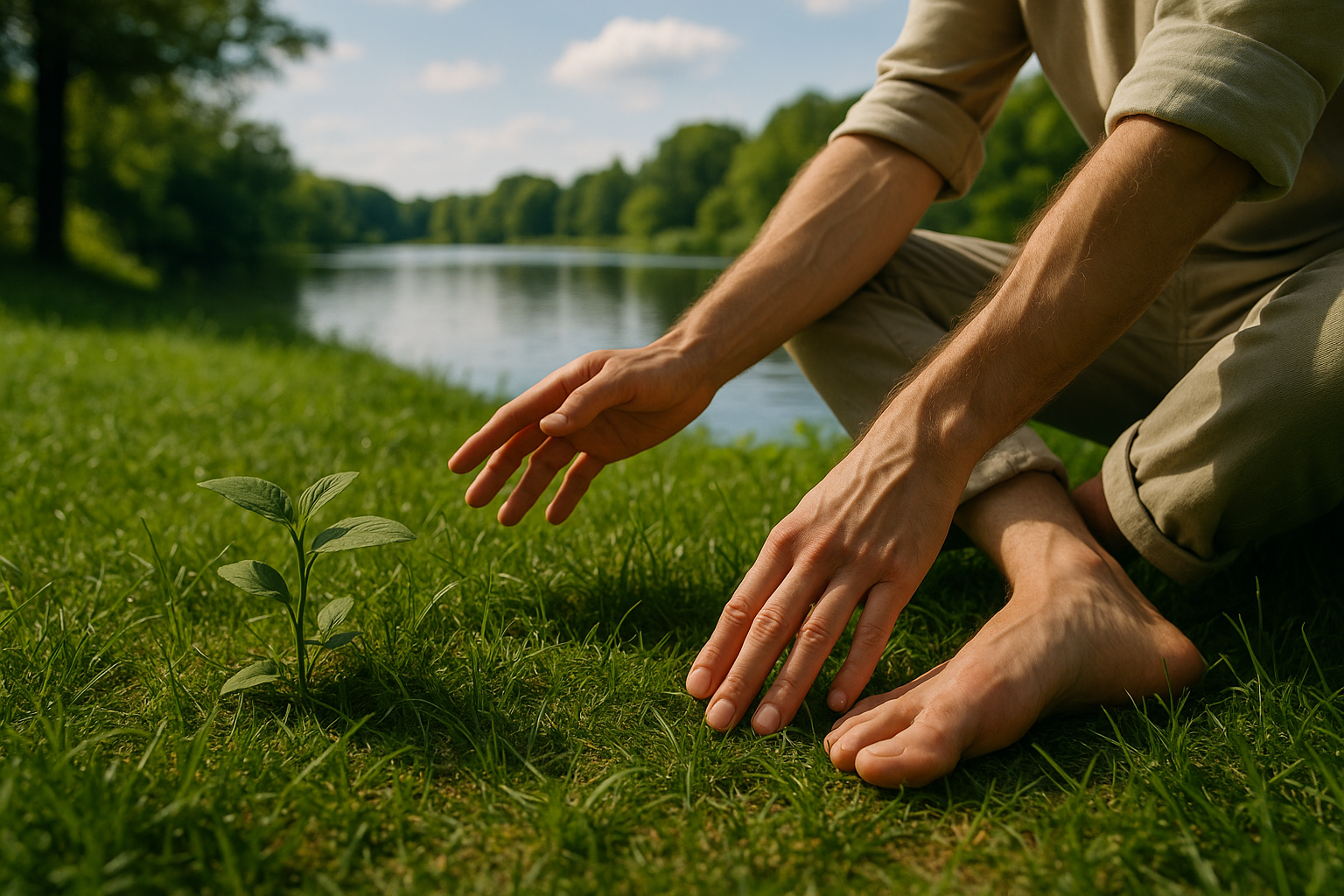Unraveling the Health Benefits of Grounding: Connecting with Earth for Optimal Wellness
The world around us is a reservoir of natural healing power. One such power is the Earth's natural energy, which can be harnessed for its therapeutic effect on our bodies. This practice, known as grounding or earthing, is a simple yet profound wellness strategy that connects us back to nature. Grounding has been practiced by our ancestors for centuries, but has only recently been recognized in modern science.

History of Grounding
Grounding, in essence, means making direct contact with the Earth. It’s a practice that has been followed for centuries by indigenous peoples around the world, from the Aboriginal tribes of Australia to Native American tribes in North America. They inherently understood the Earth’s healing power and incorporated grounding in their rituals and day-to-day lives.
It was only in the late 20th century that grounding gained scientific credibility. The advent of the modern era and technological advancements led to a surge in chronic illnesses. Scientists began exploring holistic ways to combat these diseases, leading them to the ancient practice of grounding.
Grounding in Modern Science
Modern science backs the claims of grounding’s numerous health benefits. Studies have shown that grounding can reduce inflammation, improve sleep, decrease stress, and enhance overall well-being. This is attributed to the Earth’s negative charge, which can neutralize free radicals in our body when we make direct contact with the ground.
The Science of Grounding: How Does It Work?
The Earth is a massive reservoir of negatively charged electrons. When we make direct contact with the Earth, these electrons are absorbed into our bodies, neutralizing harmful free radicals and reducing inflammation. This is why grounding is often referred to as “Vitamin G” – G for ground.
It is important to note that while grounding shows promise for various health conditions, it is not a standalone treatment. It should be incorporated into a holistic wellness plan.
The Challenges of Grounding
While grounding is a simple practice, our modern lifestyle poses a significant barrier. Urbanization, technology, and a disconnect from nature make it challenging to practice grounding regularly. However, even a few moments of direct contact with the Earth can be beneficial.
Quick Grounding Techniques
-
Walk barefoot in the park for a few minutes each day.
-
Take up gardening and connect with the Earth.
-
Swim in a natural body of water, like a lake or the ocean.
-
Sit or lay down on the ground, absorbing the Earth’s energy.
-
Use grounding products like mats or sheets if natural grounding isn’t possible.
In conclusion, grounding is a powerful, science-backed practice that can improve your health and wellness. By connecting with the Earth, we rekindle our inherent bond with nature, bringing balance, vitality, and wellness into our lives. Remember, every step you take barefoot on the Earth is a step towards better health.




